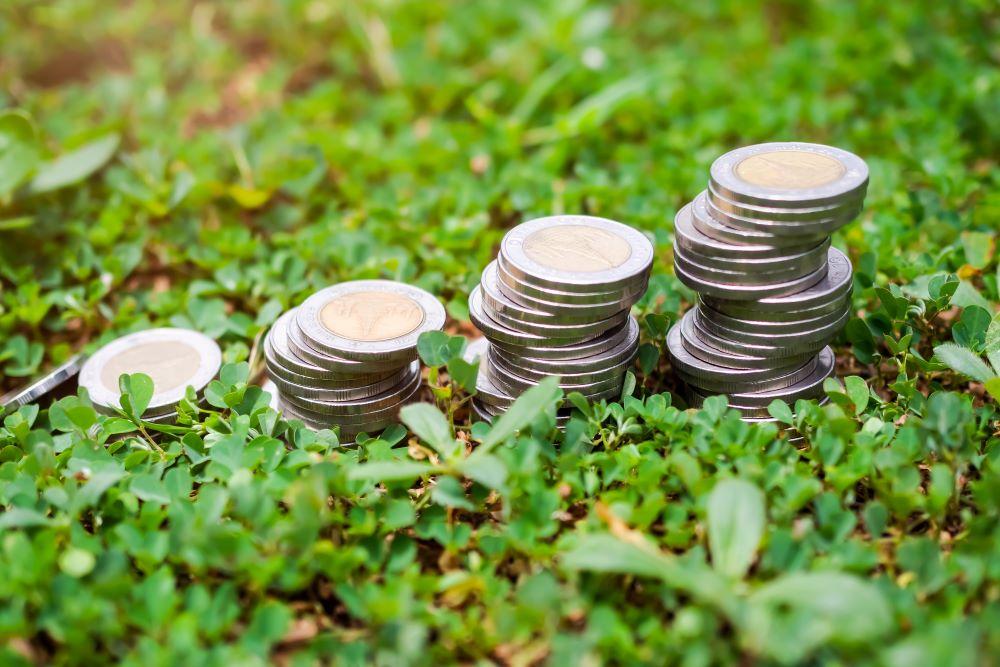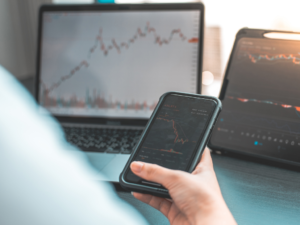Investors have traditionally evaluated portfolios using metrics like volatility, tracking error, and Sharpe ratios. But in today’s world, measuring financial performance alone may not be enough. Many investors now seek to measure the impact of their investments beyond financial returns, a concept known as double-bottom line investing.
Although this may sound novel, it is not a new idea as it dates back centuries to when certain religious groups may prohibit investments in slavery or stop others from charging poor people interest on loans. While the popularity of ESG investing continues to grow, even reaching $45 trillion as of 2022, it remains unclear if excluding certain stocks has any significant impact on social and environmental outcomes.
In this blog, we explore the complexities of measuring impact in finance and how we can invest in the future we want to see while achieving both financial returns and non-financial benefits.
Going Beyond Avoiding “Sin Stocks”
When it comes to investing for social and environmental impact, there’s more to it than simply avoiding “sin stocks.” Although investments based on personal values promote moral consistency, in reality, they rarely affect fundamental corporate behaviours. Instead, to get that sort of impact, investors should focus on strategies that generate positive outcomes that would not have occurred otherwise. Green bonds and equity investments in underserved industries or communities, for example, can lead to measurable reductions in carbon emissions and improved quality of life for marginalized individuals.
Common Metrics
While impact investing lacks a common industry standard for measuring success, many investors now use the United Nations’ Sustainable Development Goals (SDGs) as a common framework. Professional impact investment managers typically link their investments to social inclusivity, environmental sustainability, and/or broader economic opportunity. This approach has improved impact reporting standards and increased communal purpose.
Case Study: The Sorenson Impact Foundation (SIF)
As a case study to understand the profitability of impact investing, this blog will look at Sorenson Impact Foundation’s five-year experiment from 2017 to 2022. During this period, the foundation contributed all assets to impact outcomes and has since garnered significant positive results. In fact, the foundation has outperformed its market rate benchmark by 100 basis points annualized since inception on Jan. 1, 2018, and its private investments are marked at a 64% net internal rate of return since inception.
Mindful Investing
Throughout, SIF followed industry best practices and diversified its assets. Their impact investment opportunities include cash, loans, bonds, public and private equity, venture capital, and real assets such as renewable energy and low-income housing. Like traditional investors, they consistently monitored their exposures by industry, geography, and multiple risk factors, while considering the trade-offs between higher returns and greater impact.
Ultimately, the Sorenson Impact Foundation’s success in achieving both impact and market-rate returns proves that it is possible to “do well and do good” through mindful, disciplined investing – an increasingly important thing to have in today’s world.
Impact investments offer significant opportunities for long-term development in sectors that address global funding gaps. As the world’s population grows, business and finance must promote sustainable development for all by investing in enterprises that serve the needs of underserved communities. By employing mindful and disciplined investment strategies, investors can achieve at or above market returns while diversifying their portfolios and creating a better future.





